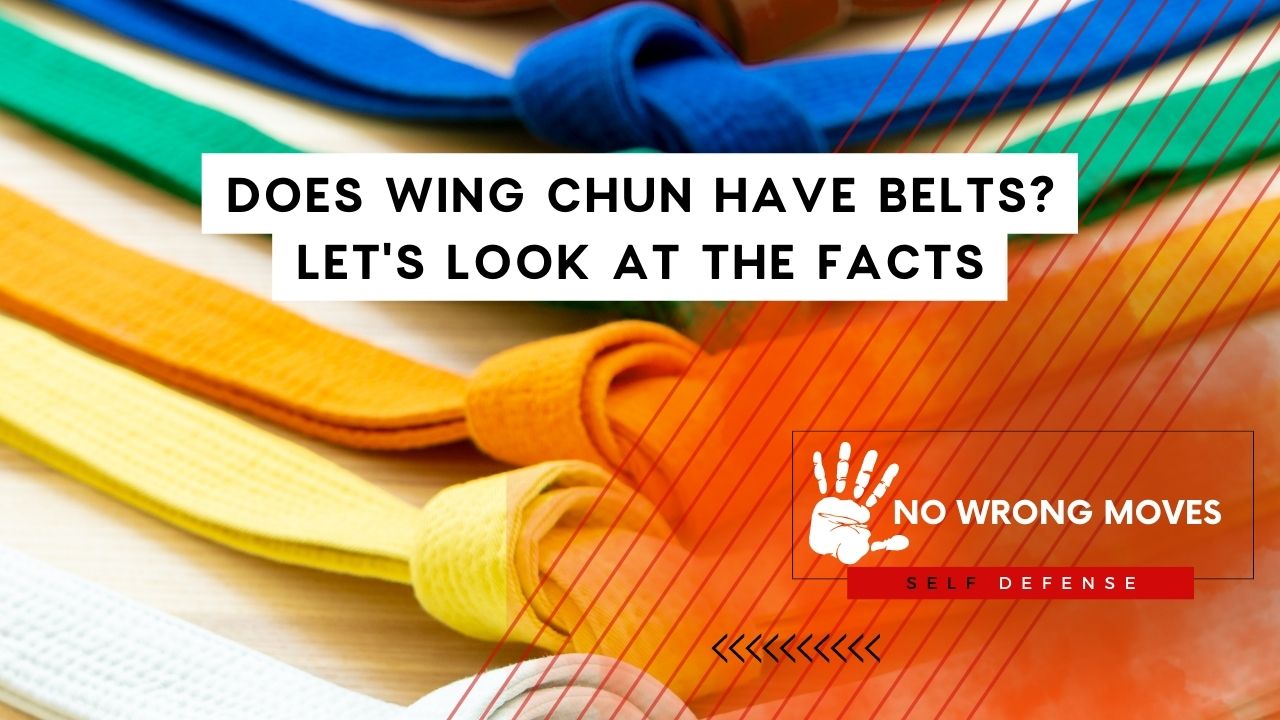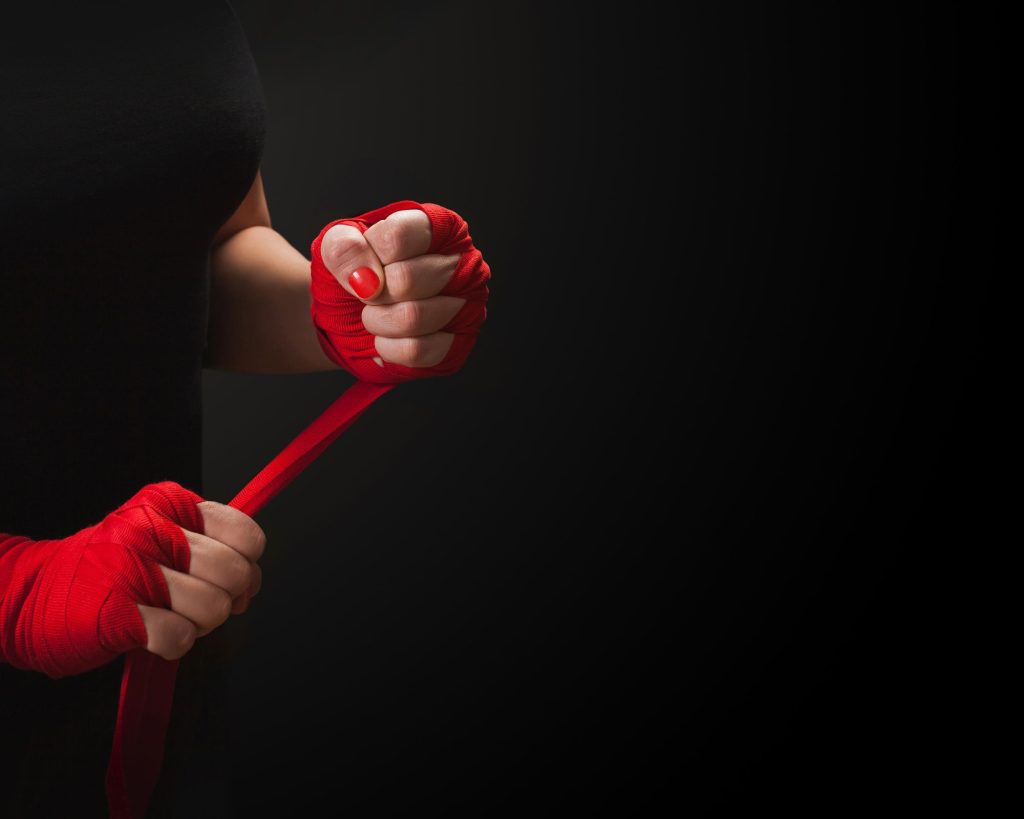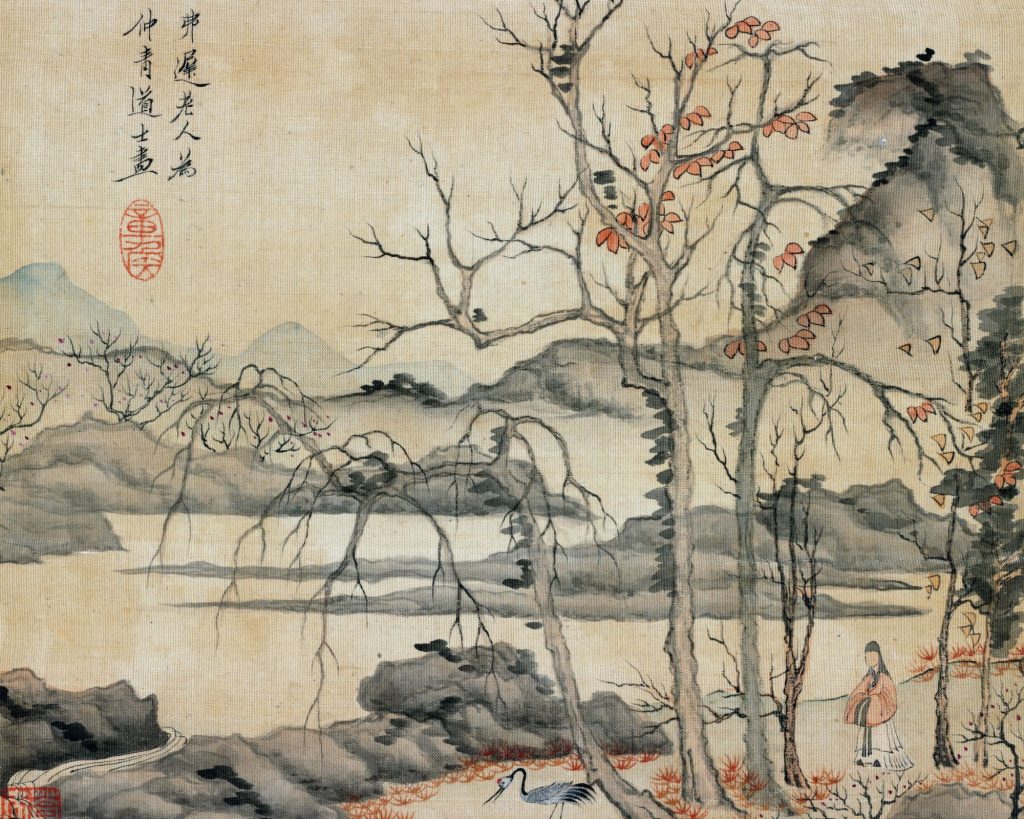
When it comes to martial arts, most people are familiar with the concept of colored belts as a way to measure progress and rank.
It's a fairly simple, straightforward way to denote skill and experience, and by now, colored belts have been cemented in popular culture as a universal way to identify martial arts.
Wing Chun though, a legendary Chinese martial art, operates in a somewhat different way.
In this article, we will explore whether Wing Chun has a belt system, as well as uncovering the mysteries surrounding this fascinating martial art.
An Unconventional Ranking System?

Wing Chun is a unique martial art that distinguishes itself from other popular forms by not being based on a military system. Rather than following a strict rank-based hierarchy, most Wing Chun schools adopt a family-style hierarchy that emphasizes relationships.
Conventionality isn't entirely out of the question here though. Some schools still use the belt or sash ranking system found in Japanese and Korean martial arts, others do not.
How a class is structured can vary widely, from lining up by rank to forming an all-inclusive circle. Regardless of the specific format, lineage and family ties are always held in high regard.
For instance, the instructor in a Wing Chun school is addressed as Sifu, a Cantonese term with a deeper meaning than simply “teacher.”
Sifu implies a relationship similar to that of a “father,” with the expectation that the instructor will care for their students like a father would for his children.
Similarly, students are expected to show respect and loyalty to their Sifu, forming a bond similar to that between parent and child rather than a transactional relationship between teacher and student.
Students also use familial terms to address each other, such as Si Hing, meaning “Older Brother,” or Si Dei, meaning “Younger Brother.”
These terms do not refer to age, but rather to the length of time a student has been training in Wing Chun.
For example, a 25-year-old student who has been training for several years may still be referred to as Si Hing or Older Brother to a 40-year-old student who is just beginning their Wing Chun journey.
Understanding the Origins of Wing Chun

Wing Chun is a Chinese martial art that has its roots in the 17th century. According to legend, it was created by a Buddhist nun named Ng Mui who was inspired to develop a self-defense system after witnessing a crane and a snake fighting.
Ng Mui taught the style to a young woman named Yim Wing Chun, who used it to defend herself against a warlord who was attempting to force her into marriage.
Over time, Wing Chun evolved and was passed down through various lineages, with each generation adding its own innovations and adaptations.
One notable figure in Wing Chun history is Ip Man, a renowned master who is widely credited with popularizing the style and spreading it to the West.
Ip Man taught many students, including Bruce Lee, who went on to become a martial arts icon in his own right.
Today, Wing Chun is practiced all over the world, with a variety of different lineages and schools emphasizing different aspects of the style.
Some practitioners focus on the practical self-defense applications of the art, while others emphasize its philosophical and spiritual aspects.
Despite these differences, all Wing Chun practitioners share a common respect for the art's rich history and traditions, as well as its continued relevance in the modern world.
The Significance of the Sash

The grading and sash system of Wing Chun is a hierarchical system used to determine a practitioner's proficiency. The system comprises 12 student grades and five instructor levels.
Each grade is represented by a colored sash, starting from white and progressing through yellow, orange, green, blue, and brown. Black sashes are reserved for instructor levels.
To advance through the grading system, a student must demonstrate mastery of the various forms, techniques, and applications of the Wing Chun system.
The grading process typically involves a series of tests that assess a student's knowledge and skill level. These tests may include both practical and theoretical components, such as sparring, forms, and written exams.
In addition to the technical aspects of the grading system, Wing Chun also places a strong emphasis on character development and personal growth.
As a student progresses through the grades, they are expected to embody the principles of the system, such as discipline, perseverance, and humility.
Overall, the grading and sash system of Wing Chun serves as a means of measuring and recognizing a practitioner's level of skill and dedication to the art.
It provides a clear framework for progression and helps to ensure that students are continually challenged and motivated to improve their abilities.
The Importance of Lineage in Wing Chun
Did you know that there are eight distinct lineages of Wing Chun? That's right, and they are: Ip Man, Yuen Kay-shan, Gu Lao Village, Nanyang/Cao Dean, Pan Nam, Pao Fa Lien, Hung Suen/Hung Gu Biu, and Jee Shim/Weng Chun.
From these main eight lineages, smaller branches have also emerged. But then even within these lineages, there are differences.
For example, Ip Man had two versions of his style that he developed over his lifetime. One was during his earlier time in Foshan, and the other was later in Hong Kong.
As he refined his style, he taught his students what best suited their body type. Additionally, when Chan Wah Shun was his last student, Chan reportedly used a different teaching method than what he had learned while assisting his Sifu, Leung Jan.
Speaking of Leung Jan, he taught very differently in his early and later years and was also responsible for structuring Wing Chun teaching in the way we understand it today.
So while there are eight main lineages of Wing Chun, the styles within them can vary quite a bit.
Conclusion

So while Wing Chun does not have a traditional belt system, it does have a structured ranking system based on proficiency. The sash worn by practitioners signifies this proficiency, but it is not used in the same way as a colored belt.
Lineage is highly valued in the Wing Chun community, and experience plays a crucial role in the development of a practitioner's skills. As for the debate over belts in martial arts, well, that ultimately comes down to personal preference and the goals of the individual practitioner.
Read up a bit on boxing next here!
[author-box-jpx-fitness]
